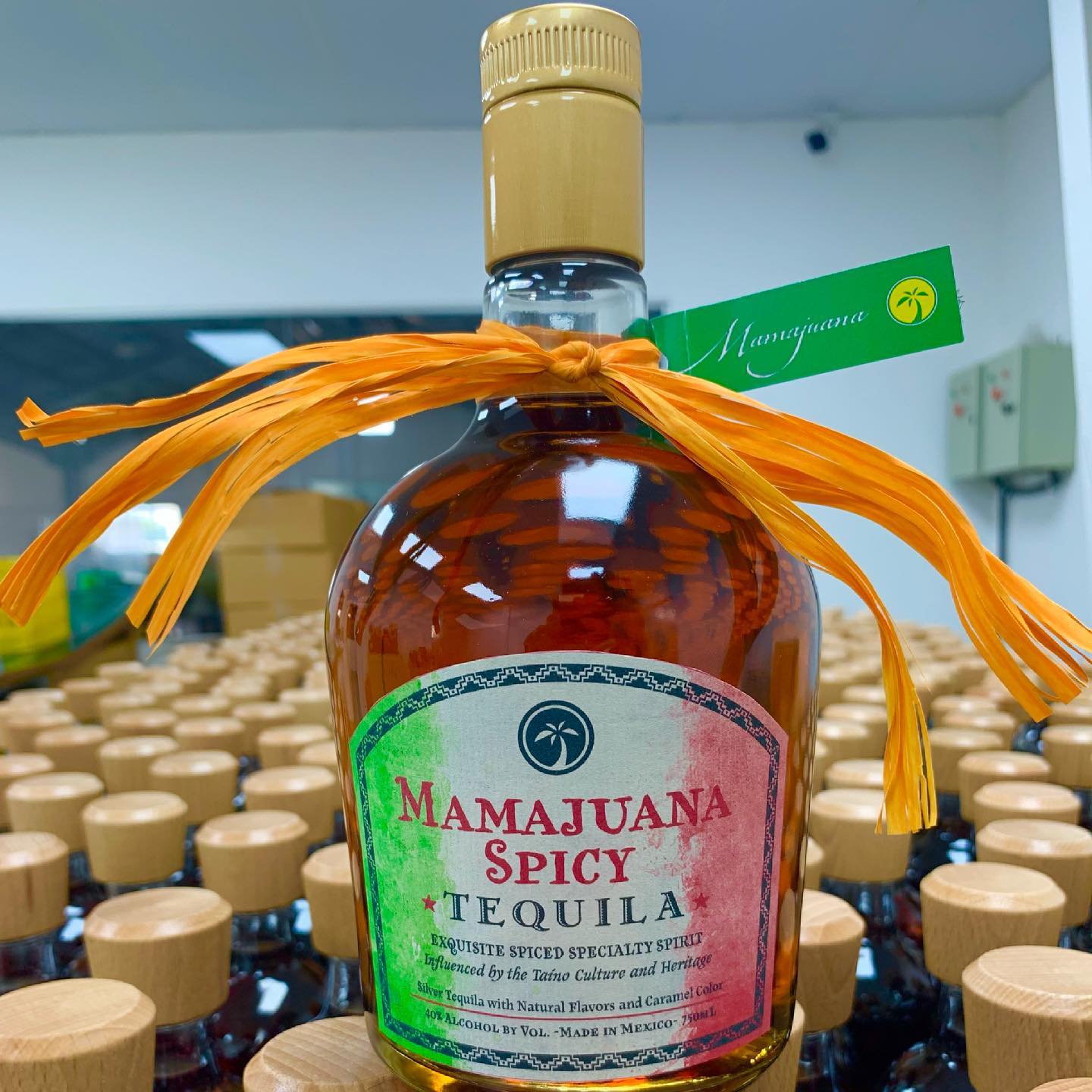When it comes to the Dominican Republic, the first things that often come to mind are its pristine beaches, vibrant music, and warm hospitality.
However, there is another hidden gem that embodies the essence of this Caribbean nation: Mama Juana. This traditional drink, deeply rooted in Dominican culture, offers a unique blend of flavors and a fascinating history that deserves to be explored.
A Blend of History and Tradition:
Dominican Mama Juana is a potent concoction made by steeping a combination of herbs, tree barks, roots, and other natural ingredients in rum, red wine, and honey. The resulting beverage is an infusion that captures the essence of the Dominican Republic and has been consumed for centuries.
The origins of Mama Juana can be traced back to the indigenous Taino people, who inhabited the island of Hispaniola (shared by the modern-day Dominican Republic and Haiti). They believed in the healing and aphrodisiac properties of various plants and herbs found in the region.

Dominican Mama Juana Ingredients:
The most common one is made from guayacán (Tabebuia chrysotricha) roots and barks, sweet clove (Syzygium aromaticum), bohuco pega palo (Cissus verticillata), maguey (Agave), timacle, marabelí, ginger, juana la blanca, palo de Brasil, anamú, basil, anise, raisins, and other “sticks” —as they are called in the Dominican Republic. Authentic mamajuana is prepared at home.
The sticks and leaves are placed in a bottle, then dissolved honey is added to wine, and it is left to cure for about a week. These ingredients are often combined with rum, red wine, and honey, which act as a base for the infusion.
The combination of these elements creates a drink that is truly one-of-a-kind. Over time, this ancient knowledge merged with the influence of African slaves and European settlers, resulting in the creation of Mama Juana as we know it today.
Mama Juana is renowned for its complex and distinct flavor profile. The mixture of herbs, roots, and spices imparts a unique taste that is both earthy and herbal, with hints of sweetness and a subtle bitterness. The exact recipe for Mama Juana varies from one household to another, making each batch a truly personal creation.

Cultural Significance:
Mama Juana holds a special place in Dominican culture. It is often seen as a symbol of friendship, celebration, and hospitality. The drink is typically enjoyed with friends and family during gatherings, festivals, or special occasions. Sharing a glass of Mama Juana fosters a sense of community and serves as a testament to the Dominican people’s love for their heritage.
Beyond its social significance, Mama Juana is also believed to have medicinal properties. Many Dominicans claim that it aids digestion, improves circulation, and even enhances sexual performance. While scientific evidence supporting these claims is limited, the cultural beliefs surrounding Mama Juana continue to be passed down from generation to generation.
Enjoying Dominican Mama Juana:
Experiencing Mama Juana is an adventure in itself. The drink is typically served in small glasses due to its potency. It can be consumed straight or enjoyed over ice, allowing the flavors to develop slowly with each sip. Some people prefer to mix it with soda or fruit juices for a refreshing twist.
If you’re visiting the Dominican Republic, you’ll find it in local markets, souvenir shops, or even offered as a welcome drink in some hotels and resorts. It is also possible to purchase pre-packaged bottles of Mama Juana, which make for a great souvenir to bring back home.
Mama Juana is more than just a drink—it’s a cultural symbol that represents the rich history, traditions, and flavors of the Dominican Republic. From its origins in ancient Taino practices to its modern-day popularity, this unique infusion continues to captivate locals and visitors alike.
So, whether you’re intrigued by its medicinal folklore, curious about its complex flavors, or simply want to embrace the Dominican spirit, be sure to raise a glass. Today there are dozens of brands offered in glass bottles, leather-dressed bottles, and some in more industrialized designs.
Origins of the name:
The origin of its name is surrounded by legends. One version says that it comes from the French term “dame-jeanne,” meaning it shares its origin with the word “damajuana,” which refers to a container for storing liquids.
Another version states that the name is attributed to an old lady named Juana who had 15 children. She would have been the inventor of the concoction almost 200 years ago. Doña Juana was associated with fertility, and at that time, they attributed to the drink the ability of this woman to have many offspring.

Seafood Mama Juana?
There is a “gourmet” version, made with seafood and shellfish. This Mama Juana with fruits of the sea is prepared by filling the bottle with octopus, squid, shrimp, and oysters, and the rest of the procedure is similar to the other.
Known Brands
The best known brands are Kalembu, Don Ramon, La Hispaniola, Taino, Spicy, Caribeño, and Canamu. Almost every region of the Dominican Republic has several brands, and sales go up the roof among the 7 million tourists visiting the island every year. Online sales are now common in marketplaces such as Amazon and Ebay.
Where to buy Mama Juana:
In Puerto Plata Mama Juana is usually offered complimentary in some restaurants after the food as a digestive, or as welcome drink in some resorts. You can buy it in supermarkets, smaller markets and literally every gift shop where tourists go. The more industrialized brands offer a more refined product, though it is a good idea to try the artisan version first.
Podcast Version – Listen to this article in audio – click the banner below.













